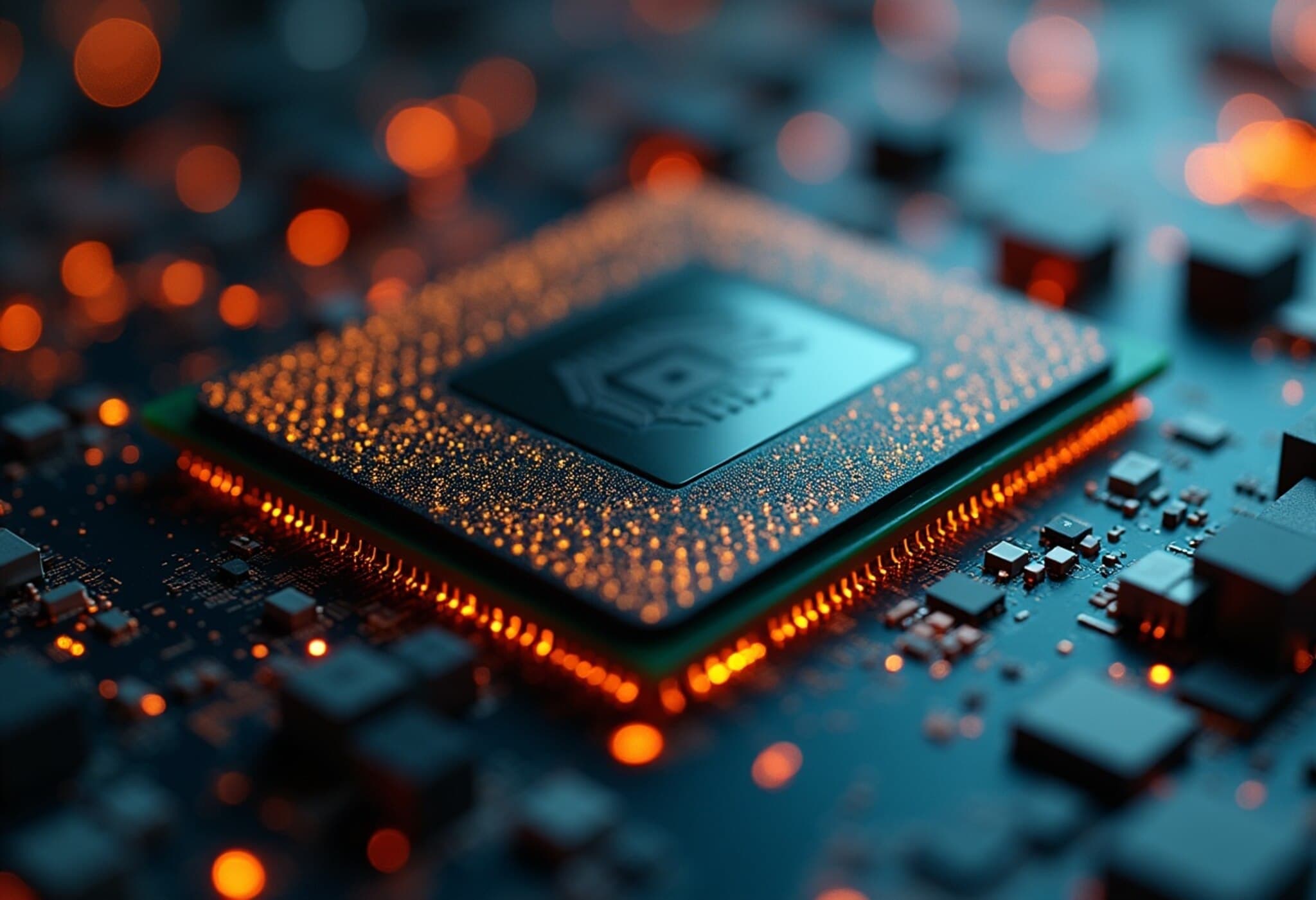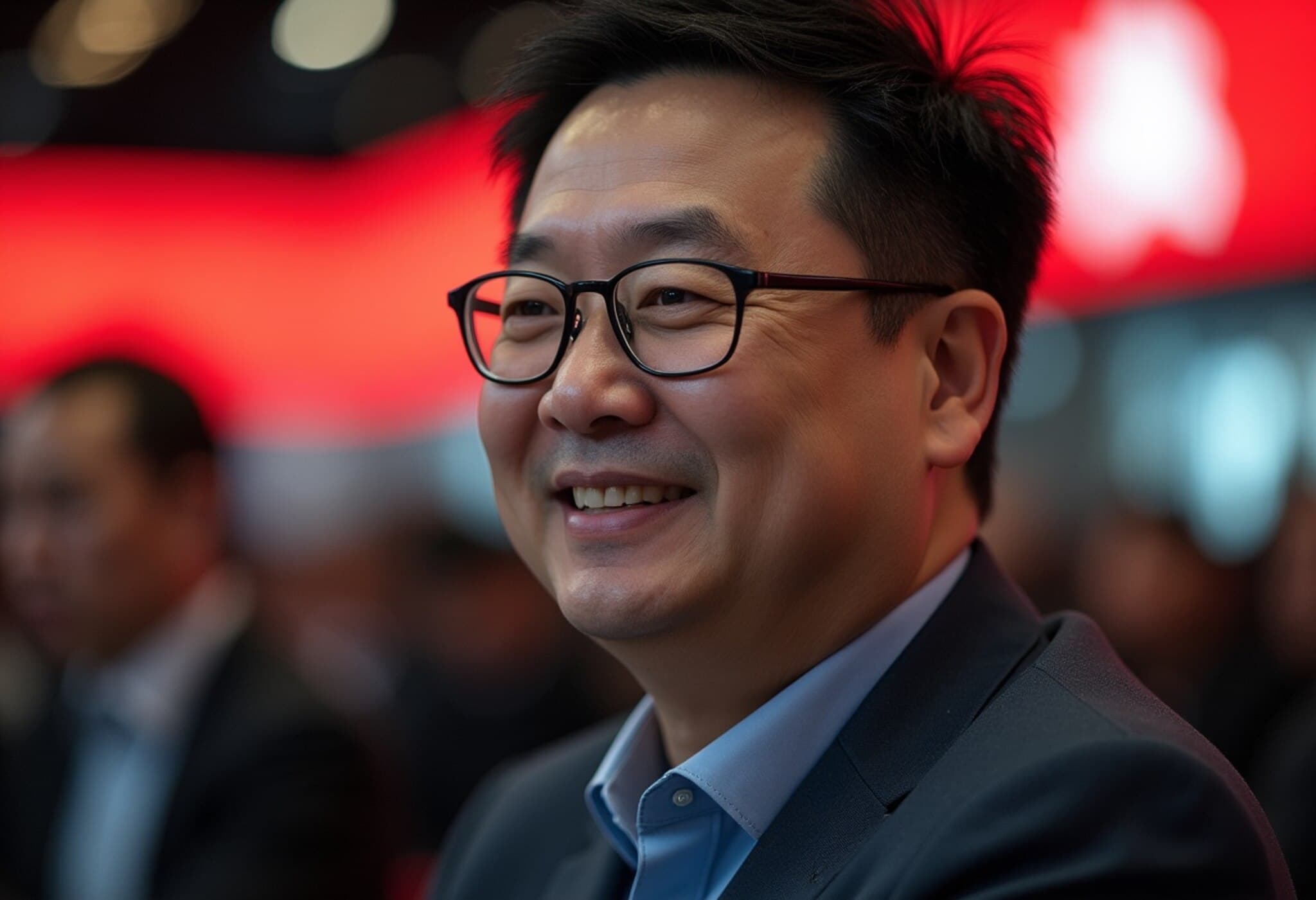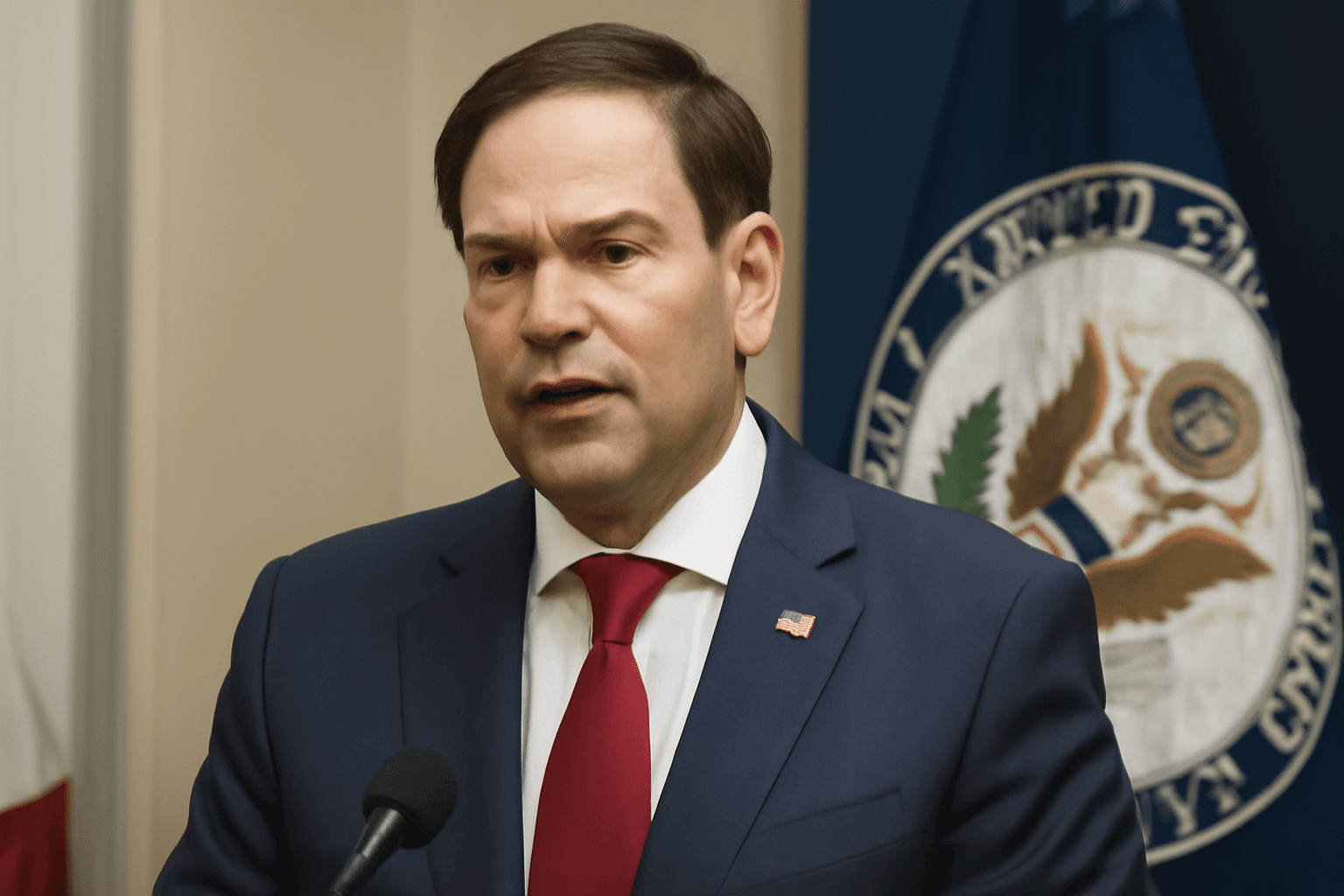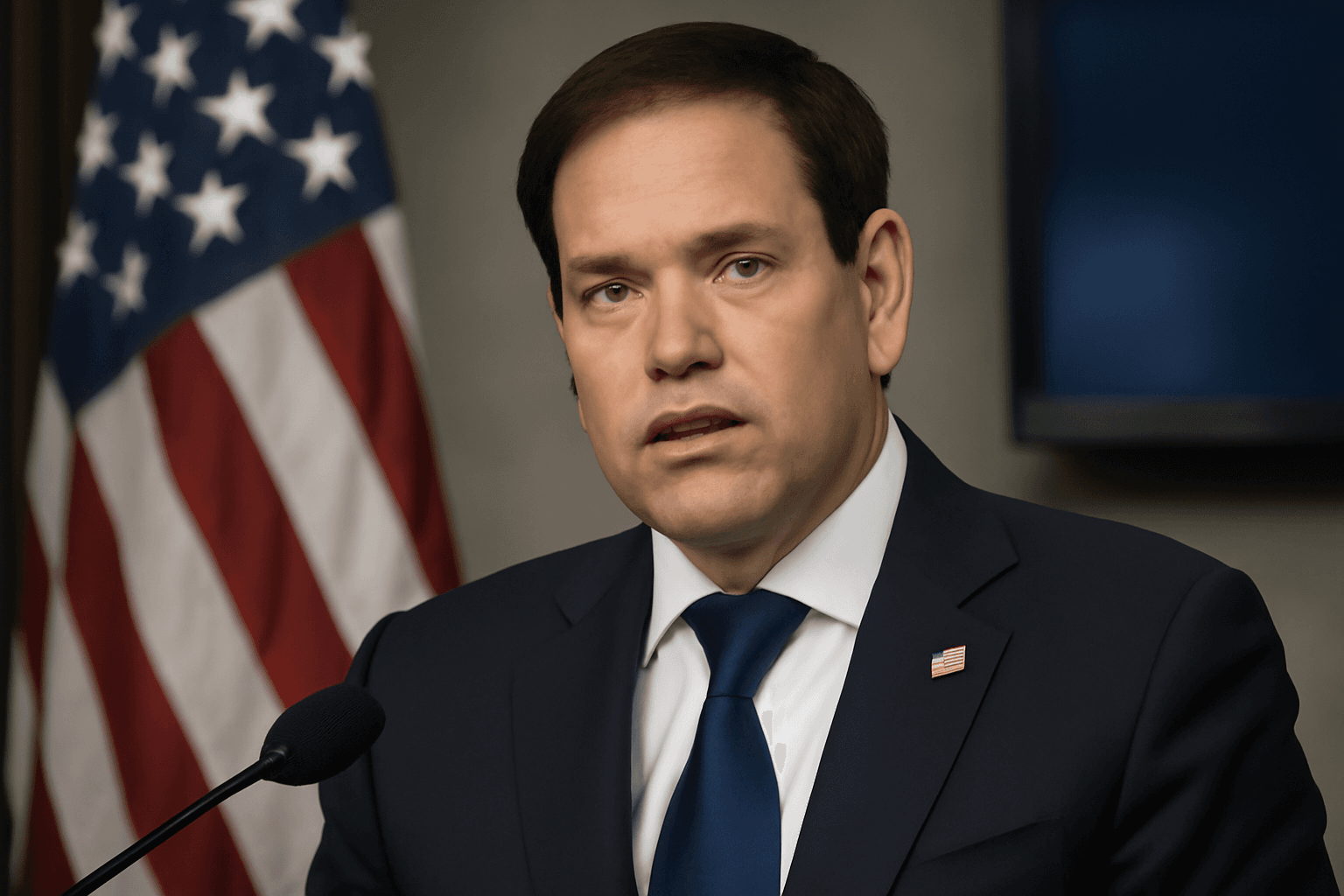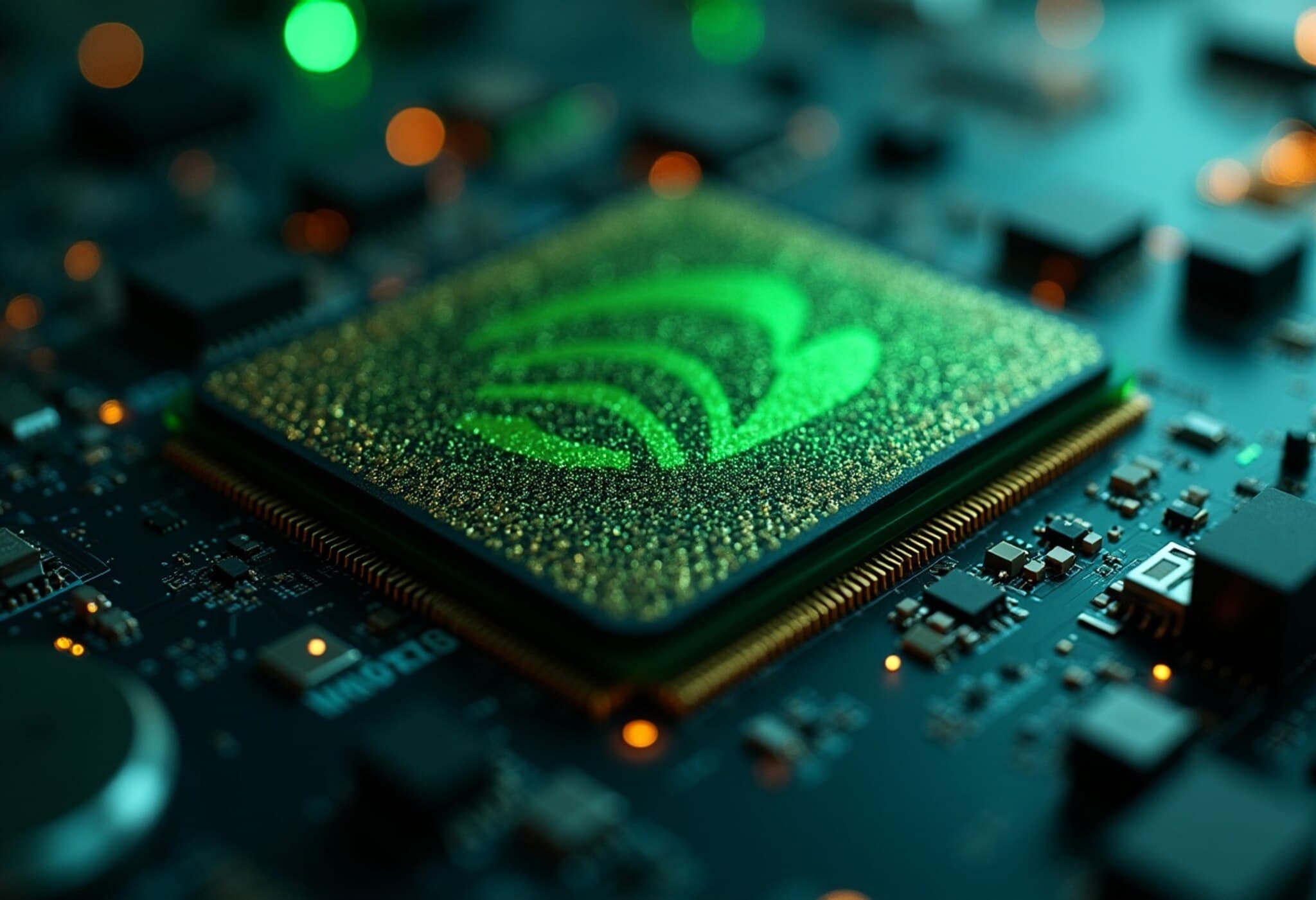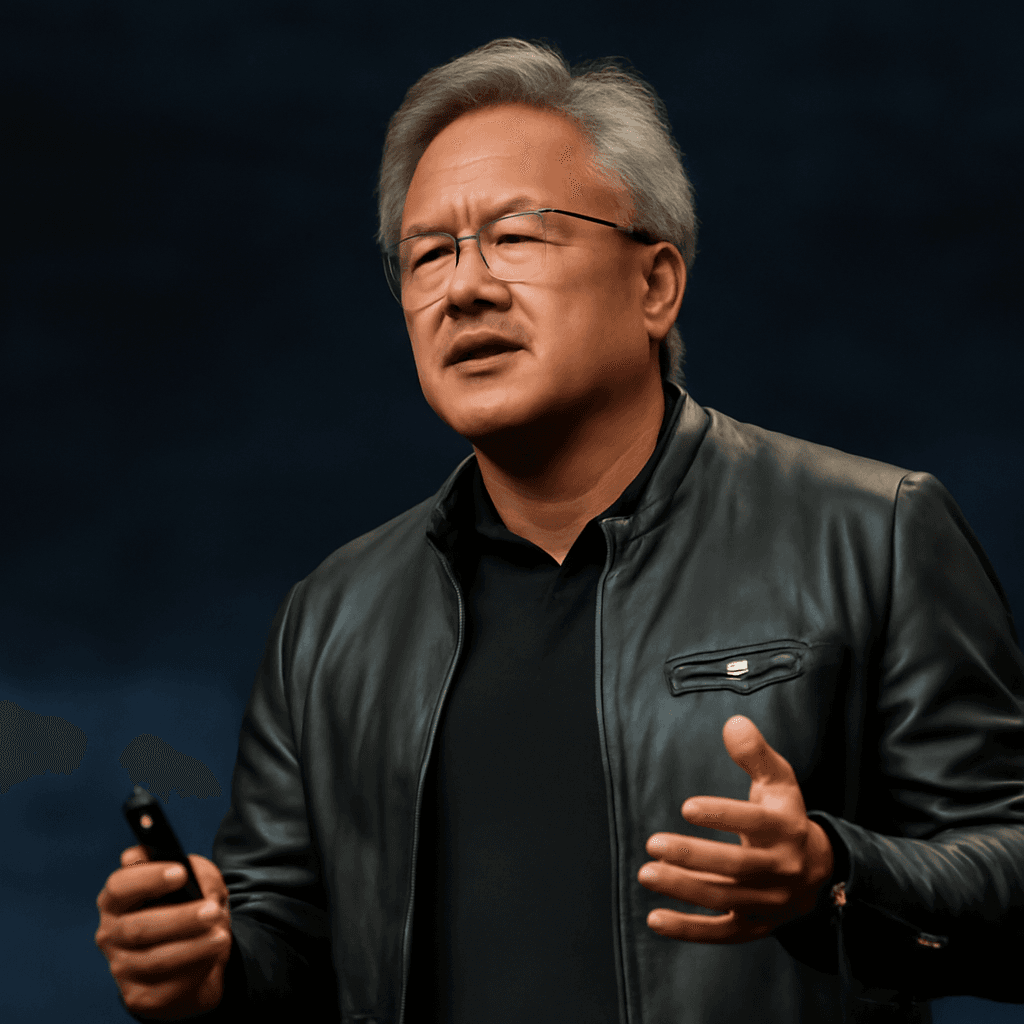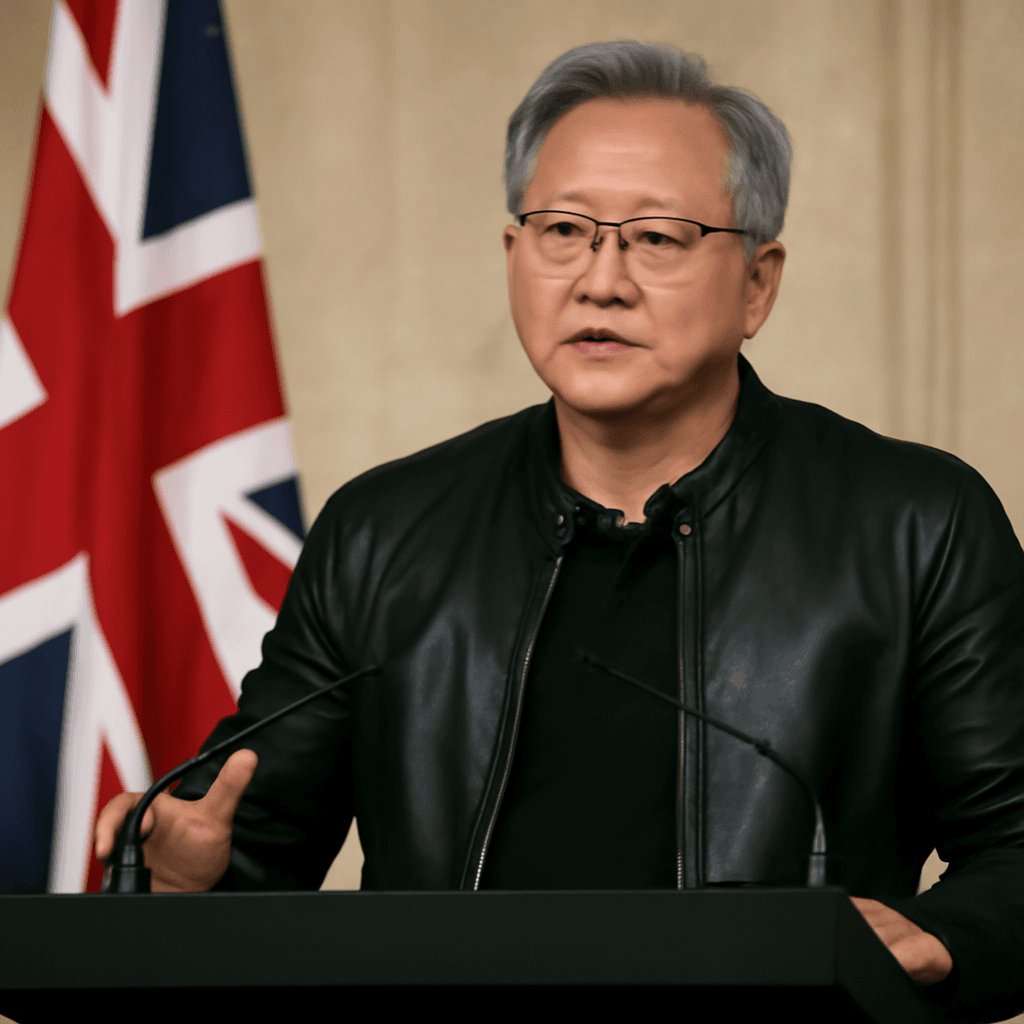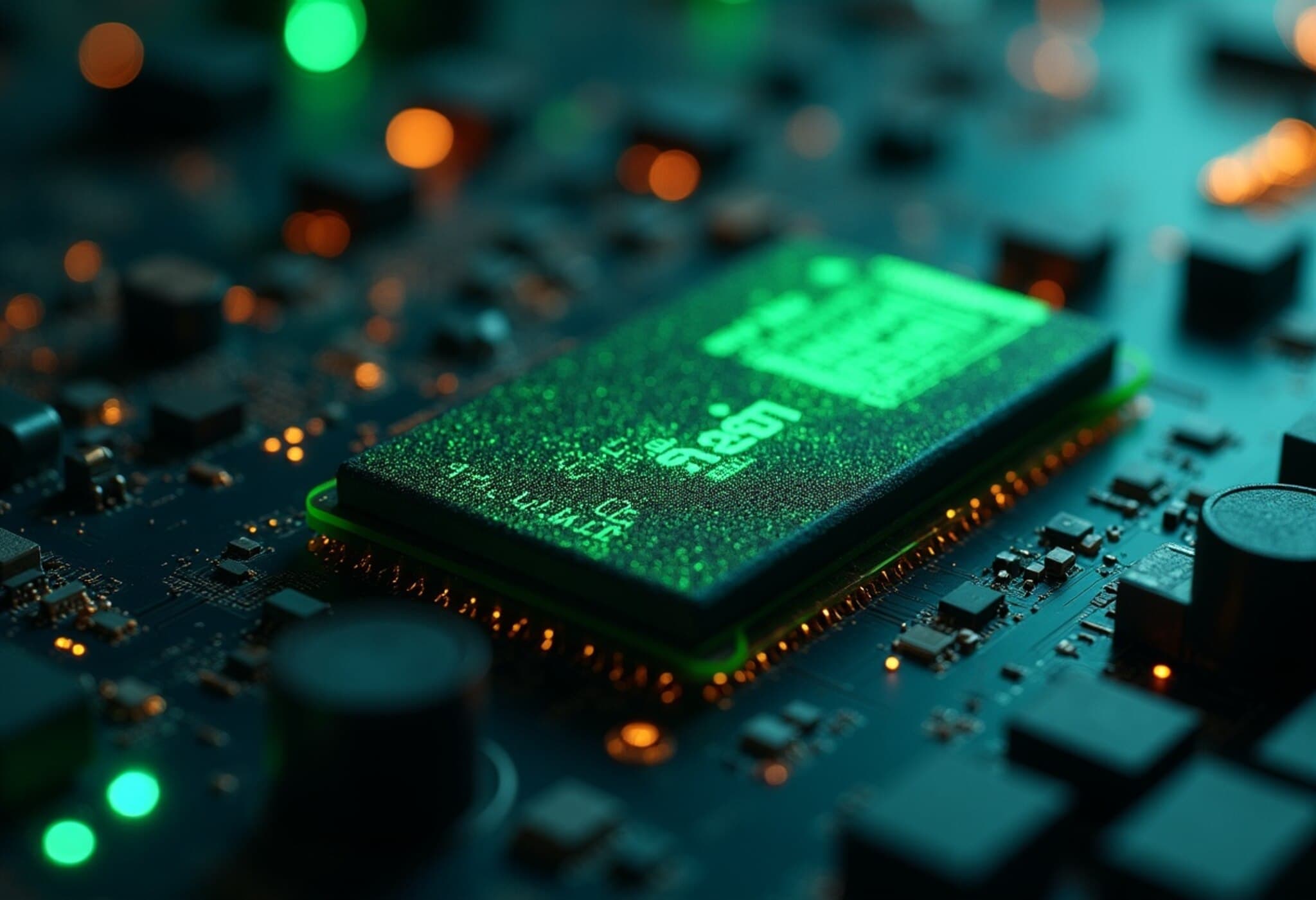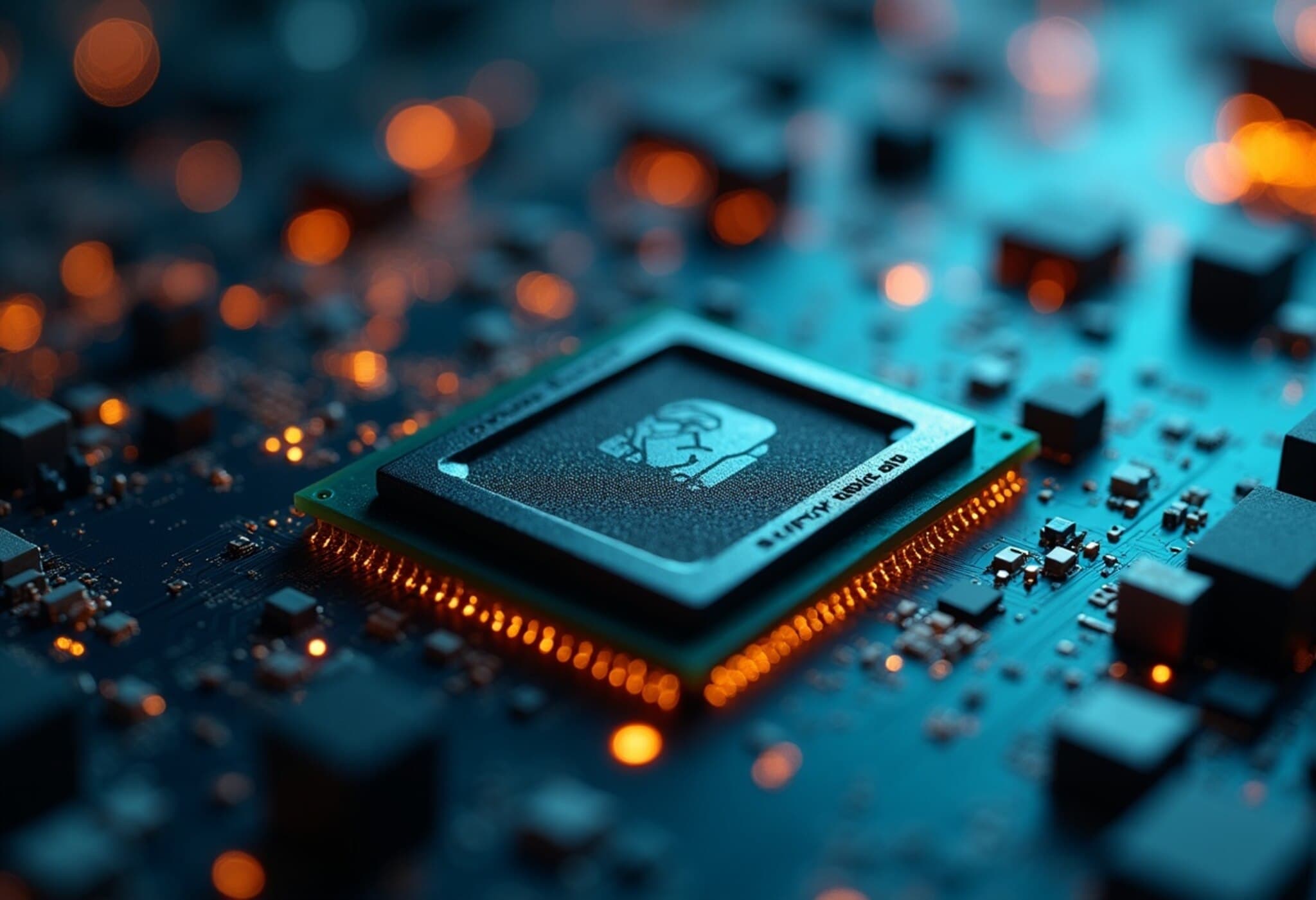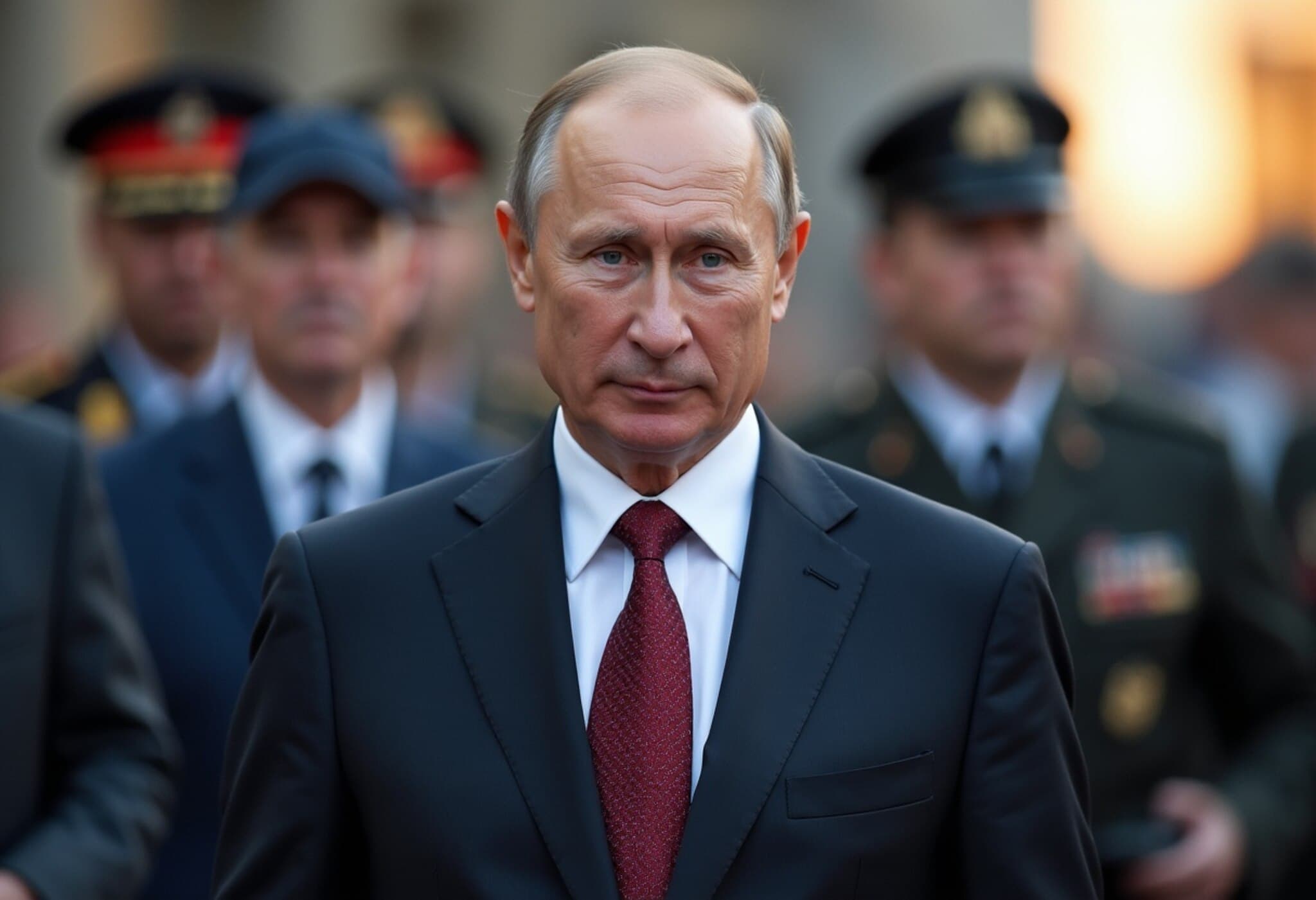How US Policy Shaped the Nvidia-China Tech Conflict
In recent months, Nvidia, the world’s leading chipmaker, has found itself at the heart of intensifying tensions between the United States and China. What initially seemed like a positive development — Washington easing export restrictions on Nvidia’s H20 AI chips destined for China — quickly unraveled, revealing deeper geopolitical and economic frictions.
A Fragile Thaw Turns Sour
Earlier this summer, the US government under President Donald Trump authorized the export of Nvidia’s H20 chip, a specially designed AI processor tailored to comply with stringent export controls. These controls, initially imposed to curb China’s access to advanced technology over national security concerns, had earlier blocked Nvidia’s most sophisticated chips from entering China. The authorization was interpreted by many as a cautious step toward easing a bitter tech standoff.
However, to Nvidia’s surprise and dismay, the Chinese government responded not with welcome arms but suspicion. Beijing quickly cast doubt on the security of the H20 chip, with top regulatory bodies such as the Cyberspace Administration of China and the Ministry of Industry and Information Technology issuing guidance for domestic companies to avoid purchasing it. Several major Chinese tech firms, including giants like ByteDance and Alibaba, halted orders amid mounting pressure.
Washington’s Influential Role: Beyond Policy to Rhetoric
The aftermath of the export approval reveals a critical dynamic: Washington’s policies and public statements continue to exacerbate mistrust. In particular, US Commerce Secretary Howard Lutnick’s televised remarks proved politically incendiary. His blunt assertion that the US would never sell China its "best" chips, not even the "second" or "third best," was perceived by many Chinese leaders as a direct affront.
This rhetoric not only undermined the tentative trade concession but also fueled Beijing’s perception that the US aims to maintain technological dominance by fostering Chinese dependence on American software ecosystems while blocking access to cutting-edge hardware.
The Security Narrative and Beijing’s Push for Tech Sovereignty
Chinese regulators framed their objections around security concerns, alleging Nvidia’s chips could harbor “tracking,” “remote shutdown,” or other backdoor capabilities. Although Nvidia vehemently denied these claims and stressed the commercial — not military — use of its products, the allegations created a cloud of uncertainty.
This episode exemplifies China’s broader strategic ambition to reduce reliance on foreign technology. Quotas already require that more than half of the chips used by Chinese data centers be domestically produced by 2025. Leaders in Shanghai pioneered these policies, now adopted nationally.
Yet, domestic alternatives still lag behind Nvidia’s offerings in critical technical areas such as memory bandwidth and inference performance. While companies like Huawei have made strides in chip development, the ecosystem and capacity constraints temper expectations for all-out substitution in the near term.
Nvidia’s Strategic Dilemma Amid Uncertainty
For Nvidia, the regulatory pushback poses immediate commercial challenges. After ramping up H20 chip production with giants like TSMC and Samsung, the company has been forced to suspend parts of this output because of the shrinking Chinese demand.
CEO Jensen Huang remains publicly optimistic about the security of Nvidia’s technology but acknowledges that political decisions in Washington and Beijing ultimately determine Nvidia’s fate in the Chinese market. The company is reportedly advancing plans for a new China-compatible chip, the B30A, positioning itself at the cutting edge of US export regulations, but this product’s future remains ambiguous amid ongoing geopolitical distrust.
China’s Dual Approach: Cooperation vs. Independence
Interestingly, Chinese governmental attitudes toward Nvidia are not monolithic. While security agencies clamp down on chip sales, ministries responsible for trade and foreign affairs have welcomed Nvidia’s overtures, aiming to preserve business channels and technological exchanges. This dual approach underscores China’s balancing act between short-term commercial reliance on Nvidia and long-term ambitions for technological self-sufficiency.
Switching away from Nvidia’s comprehensive CUDA software ecosystem is not just a question of hardware—it entails complex technical and financial costs for Chinese AI developers. Despite this, policymakers view domestic chip adoption as indispensable for safeguarding China’s digital sovereignty.
The US Factor in a Broader Geopolitical Puzzle
Nvidia’s predicament is a microcosm of evolving US-China relations, where technology sales, export controls, and political rhetoric converge to shape competition. US export regulations initiated the creation of the H20 chip, yet Washington’s toughened stance and tough talk have seemingly fueled Beijing’s regulatory backlash.
The resulting stalemate illustrates how what begins as commercial negotiation can escalate into a contest of national pride and strategic autonomy. In a world increasingly defined by technology rivalry, companies like Nvidia find their business strategies entangled in a geopolitical tug of war.
Key Takeaways
- Export controls drive innovation but add layers of complexity: Nvidia’s H20 chip emerged as a direct response to US restrictions, illustrating how policy shapes product design.
- Political rhetoric can undermine diplomatic progress: Comments by US officials aggravated mistrust and hardened responses in Beijing.
- China’s pursuit of tech self-reliance is accelerating: Ambitious domestic quotas and security concerns signal a strategic pivot away from dependence on foreign suppliers.
- Corporate interests are caught between superpower rivalries: Nvidia must navigate not just market forces but the political currents of two competing powers.
- Dual messaging from China reflects strategic complexity: The nation balances immediate access to leading technology with long-term goals of digital sovereignty.
Editor’s Note
The evolving saga of Nvidia’s AI chip sales to China encapsulates the broader predicament where commercial innovation meets geopolitics. As the US leverages export controls and sharp rhetoric to protect its technological edge, China intensifies efforts to cultivate indigenous capabilities. For policymakers, businesses, and consumers, the unfolding story raises crucial questions: Can global technology supply chains withstand these geopolitical frictions? Will dialogue and diplomacy find a way to harmonize short-term economic interests with long-term strategic objectives? Observers should watch closely how Nvidia adapts, how Beijing recalibrates, and how Washington balances security concerns with global competitiveness in this digital age.

